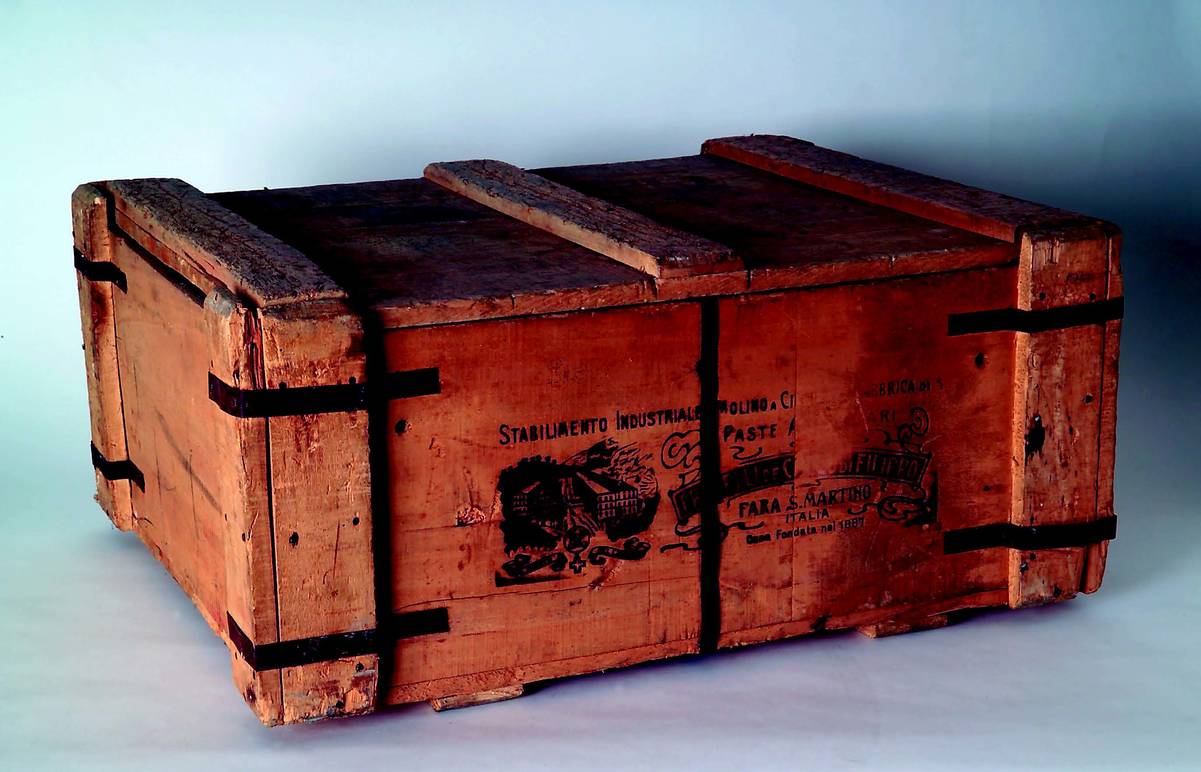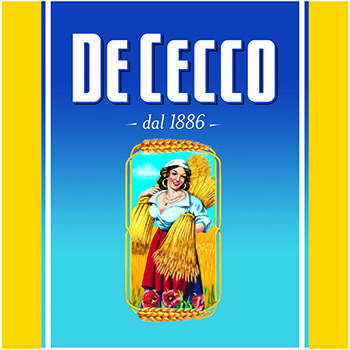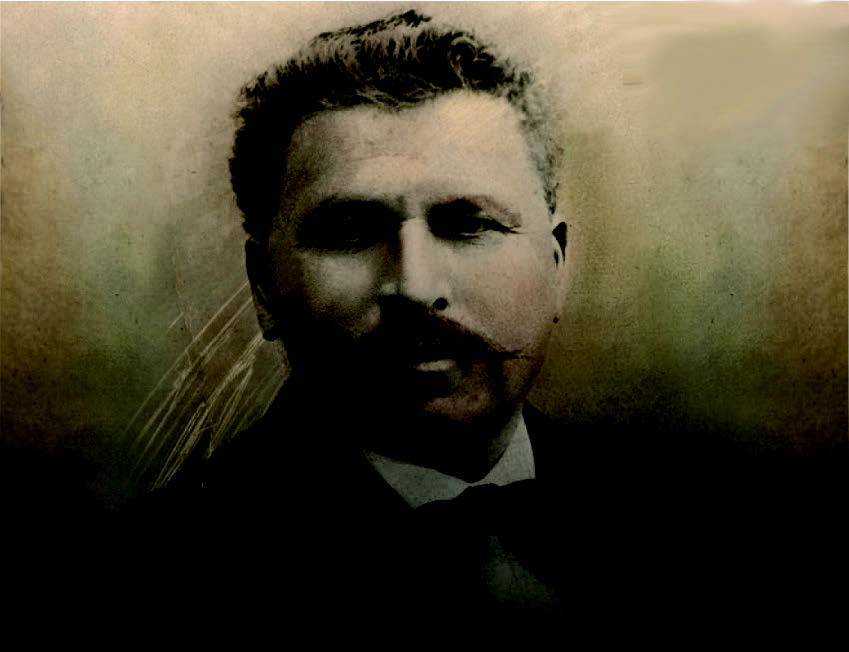De Cecco: How a Love of Pasta Conquered the World
De Cecco. For decades, New Yorkers have enjoyed the same quality of pasta Filippo De Cecco used to make in his Abruzzo abode in 1886. Filippo’s story covers a wide swath of Italian history, from the nineteenth century to the present day, beginning with his father Nicola, who produced “the best flour in the county” in his stone mill, then handed over the reins to his son. It was Filippo’s idea to build a small pasta factory next to the family mill on the Verde River.
Today, De Cecco is the third largest pasta producer in the world. Its unique story is a blend of semolina and family, water and culture, air and Abruzzo—the little Southern Italian region on the Adriatic sea. Clearly, there is more to the story than a company’s mere rise to success.
Industrial, yet artisanal
From the very beginning, Filippo’s company was industrial by nature. As early as 1926 the authoritative “Italian Touring Club Guide” mentions De Cecco, which was then exporting “pasta from Fara” as far as America. In all likelihood, much of De Cecco’s fortune came about as the result of a difficult situation. Unlike, say, Naples, where pasta is dried in the sun, De Cecco wasn’t blessed with favorable climes; the factory was located in Fara San Martino, a town on the slopes of the Majella Mountain. So another method had to be invented. In 1889 he built a large barn, the first industrial low-temperature drying plant.
The company method of drying pasta would later spread throughout the world, yet unlike other companies, De Cecco dried its pasta indoors at low temperature; to this day it doesn’t heat the area to speed up production. So that, while the new method of production wasn’t subject to meteorological conditions, the company still respected the natural pasta-making process, putting quality over quantity and subsequently extending the product’s shelf life.
Conquering the World
In 1893, the De Cecco family showcased its pasta at the Chicago World Fair and won the World’s Columbian Commission for “superior manufacture, color and firmness of form after cooking.” From that moment on, they’ve never looked back. They began regularly exporting pasta to the United States in 1904. De Cecco even infiltrated Hollywood, most famously in Francis Ford Coppola’s “The Godfather” (a box of De Cecco pasta appears in the last act). But the best ambassador of the product was the large Abruzzese community living in the United States. For many families from Abruzzo, the pasta was an absolute must.
The company suffered a brief setback during the Second World War, when retreating German troops destroyed a large part of the factory in an act of retaliation. After all, the family had proudly proclaimed its anti-fascist stance, supplying partisan soldiers in the Majella massif with provisions. After the war, the factory was rebuilt on the same site, and to this day the third largest producer of pasta in the world—and the first company to have met the international SA800 standards for social responsibility—makes its home in the coarse and courteous Abruzzo region. The leader in manufacturing quality dried pasta continues to balance innovation and tradition. In fact, the company follows the same recipe it used 127 years ago, gets its water from the same source, and employs the
same procedures to maintain quality wheat. Yet it also avails itself of modern facilities and avant-garde technologies. This is why the De Cecco brand, precursor of the “made in Italy” model, continues to champion Italy’s image and its own in over 120 markets.
The De Cecco secret
If you happen to be vacationing in Abruzzo, pay a visit to Maiella National Park, the town of Fara San Martino, and the historic De Cecco plant. It’s a one-of-a-kind experience. You might just run into Mr. De Cecco himself while he’s performing his daily taste test. The only thing you can’t do is buy in! The business is indissolubly connected to family. Each of the twenty controlling shareholders belongs to the family, now in its fifth generation. And they have little interest in letting go; supposedly, in the 1970s, Frank Sinatra sent a couple of envoys to Fara to propose buying the company for a million dollars. Needless to say, the De Cecco family didn’t bite. So how can you experience De Cecco if you live in New York?
Well, give it a taste. It’s found in most places, and even if it costs a little more than other brands, remember, there’s a good reason for that. Because there’s only one secret to a excellent pasta dish—use excellent pasta!











































i-Italy
Facebook
Google+
This work may not be reproduced, in whole or in part, without prior written permission.
Questo lavoro non può essere riprodotto, in tutto o in parte, senza permesso scritto.